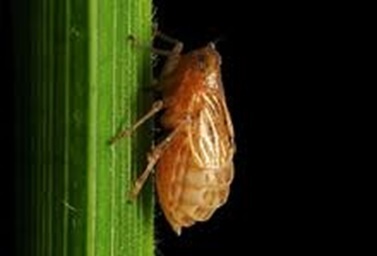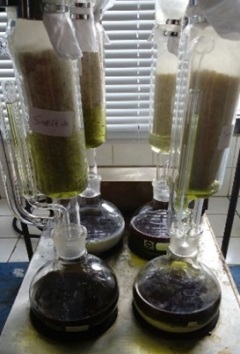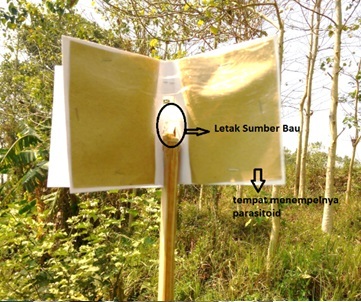|
|
|
|
|
|
| - Analysis of chemical signals sent by plants under attack by brown planthopper could help in natural control of pest |
SELANGOR, Malaysia, Sept 5, 2018 - (ACN Newswire) - Researchers in Indonesia have deciphered the chemical cues used by rice to attract a parasitoid that helps fight off the plant's predator. The researchers created a system to imitate these cues, which could help investigate similar interactions in other crops and possible sources of non-toxic pest control.
 | | The brown planthopper is one of rice's most destructive pests. Researchers in Indonesia investigated if they could develop a nontoxic pesticide based on the rice's own chemical signals. |
 | | The extraction process. |
 | | The field experiment set-up. |
Rice is a staple food, relied upon by half the global population. The brown planthopper (BPH) is one of rice's most destructive pests, causing damage by wounding the stem of the plants to lay the eggs for the next attack and by transmitting viruses that attack the plant.
Researchers from Universitas Negeri Malang and the Indonesian Sweetener and Fibre Crops Research Institute wanted to see if they could target the brown planthopper without using pesticides known to harm the environment. To do this, they investigated the so-called 'tritrophic interaction' between rice, the brown planthopper and the parasitoids that prey on the brown planthopper's eggs.
They extracted samples from rice infected by the brown planthopper and analysed their chemical makeup. They then compared this to what they found in samples taken from healthy rice, identifying the chemical differences between healthy and infested rice.
They created a porous material from rice husk and soaked different pieces in chemicals extracted from either healthy or infected rice. In laboratory tests, the parasites were more attracted to the material infused with the infested sample. They also attached infused materials to posts and placed them outside in a rice field. Again, they found more parasitoids on the infected sample, but the researchers observed that the effect wore off over five days, so the samples effectively had an expiration date.
The results, published in the Pertanika Journal of Science and Technology, could guide further trials to see if applying the chemical cue could actually reduce the pest's destruction of rice paddies; and if so, to what degree. The use of analytical chemistry offers insights into the mechanisms underlying these interactions and detect small changes taking place in great detail.
They note that their technique exploring the interaction between plant, pest and the pest's own predator on a chemical level requires further refinement, but could eventually be applied to other agricultural crops and potentially reduce the use of harmful pesticides.
For more information, contact:
Dr. Surjani Wonorahardjo
Chemistry Department, Faculty of Mathematics and Science
Universitas Negeri Malang
Indonesia
Email: surjani.wonorahardjo@um.ac.id
About Pertanika Journal of Science & Technology (JST)
Pertanika Journal of Science & Technology (JST) is published by Universiti Putra Malaysia in English and is open to authors around the world regardless of nationality. Currently, it is published twice a year in January and July. Other Pertanika series include Pertanika Journal of Tropical Agricultural Science (JTAS), and Pertanika Journal of Social Sciences & Humanities (JSSH).
Pertanika Journal of Science & Technology aims to provide a forum for high quality research related to science and engineering research. Areas relevant to the scope of the journal include: bioinformatics, bioscience, biotechnology and bio-molecular sciences, chemistry, computer science, ecology, engineering, engineering design, environmental control and management, mathematics and statistics, medicine and health sciences, nanotechnology, physics, safety and emergency management, and related fields of study.
For more information about the journal, contact:
Chief Executive Editor (UPM Journals)
Pertanika Journal
Office of the Deputy Vice Chancellor (R&I)
Tower II. UPM-MTDC, Putra Science Park, Universiti Putra Malaysia
43400 UPM, Serdang, Selangor Darul Ehsan MALAYSIA
Tel: +603 8947 1616
Email: executive_editor.pertanika@upm.my
Press release distributed by ResearchSEA for Pertanika Journal.
Topic: Research and development
Source: Pertanika Journal
Sectors: Agritech, Science & Research
https://www.acnnewswire.com
From the Asia Corporate News Network
Copyright © 2025 ACN Newswire. All rights reserved. A division of Asia Corporate News Network.
|
|
|
|

|
|
|
|